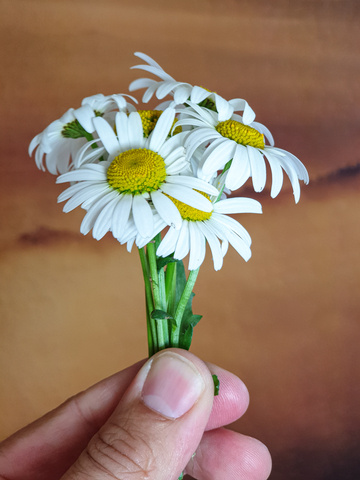
I completed the latest episodes (11 & 12) for the Accidental Care Partners podcast yesterday. This is a two-part series that I’m calling “A Day in the Life of a Caregiver” and focuses on some of the most common challenges caregivers face each day. I actually ordered these two shows around a daily schedule from waking, dressing, meal times, sundowning, all the way through bedtime tuck in. It’s no wonder I woke up today thinking about hope! How do family caregivers, who are providing the best care they know how to provide, twenty-four hours a day, every day continue to live hopefully?
I believe hope is not the same as wishful thinking. When providing care, we all wish our loved one was well, not afflicted with whatever their condition is. Wishing is passive, while hoping is active. We bring hope to our loved ones when we meet their physical and emotional needs, when we make them feel loved and honored, when we point out the obscure victories in their process of living.
But I think it is hard work maintaining high hopes. This week I checked in with a dear family who are caring for a loved one with Alzheimer’s disease. He is like an Energizer Bunny, and just like that battery, he NEVER runs out of power! He is constantly on the move. He paces around the house, not like a caged dog that runs the same pattern until the grass is beaten down, but more like Curious George who is searching for something but can’t remember what, so he looks under every cushion, in every cabinet, out every window, continuously. This is exhausting to him as well as to his caregiver who is powerless to satisfy his quest. So, she offers hope by saying, “I’m sure you’ll find it soon” or “Do you want me to help you search?” And even though she can’t actually resolve his issue, the hope she offers helps to calm him.
When my family was in the throes of family caregiving, we all had moments of despair. But thankfully we were never all down at the same time and that helped to infuse the group with a baseline of hope. We didn’t know what to hope for, though. Our hope for Mom was for a peaceful transition because things progressed so rapidly for her. But it was impossible to hope that Dad would be restored to his former self; because that idea was not really comforting since we knew that death is as much a part of life as living, and if he were miraculously restored, we would simply have to walk this road sometime again in the future. But it felt wrong to hope for an end, even though we were hoping for an end to his suffering.
For those of you readers who are in a position of providing care, you know that hope can be elusive as you strive to help your care receiver hold onto their dreams, whatever those are. When the future looks uncertain, hope often waxes and wanes. This occurs because it is impossible to ignore the reality of your situation, even if you really want to. Learning to turn despair on its head is a powerful means of fueling hope. Rather than looking at the day as a whole, break it into manageable memories, with small aspirations. For instance, rather than dwelling on the impossibility of getting your loved one out of bed, turn it around and look at it as a means of keeping him safe from falling. That means hope for a fall-free day is alive and well! Celebrate the smallest of victories!
I’ll end with this question: Who is offering hope to the caregiver? This is haunting because there are no designated “hope-bringers”. And yet the family caregivers need a splash of joy and a thimble-full of hope to help them keep going. As a professional member of care teams, I am intentional in taking hope to the caregivers and care receivers that I support. But there are so many more out there who are not getting formal care in their homes. If you personally know someone who is mired in a season of caregiving, please take the next opportunity to drop by and offer a word of encouragement, or praise for the hard work they are doing. If you have the means, take them a simple treat, maybe a cup of coffee or tea, a favorite snack, or a small bouquet of flowers. The smallest gesture of kindness can infuse caregivers with new hope and this will help them pass that hope to the one for whom they are caring.
Look for places where you can be the Hope-Bringer!
